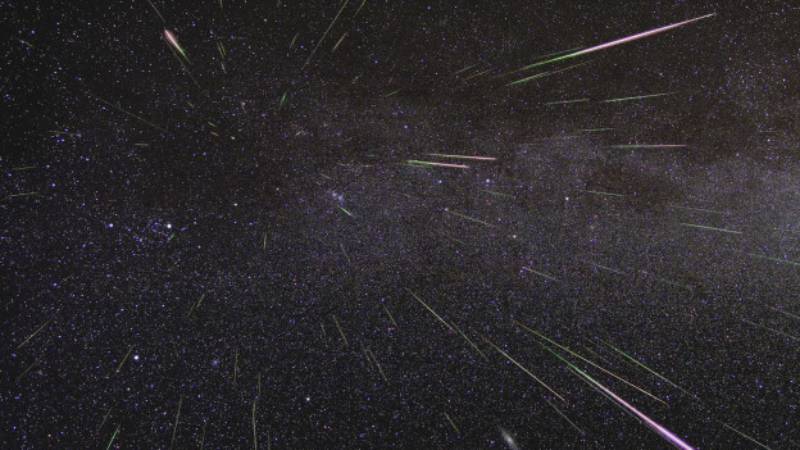It won’t be the greatest year to see the Perseids meteor shower; surpassing a significant part of the view will be the last supermoon of the year, the full sturgeon moon.
The Perseids, trash from the Swift-Tuttle comet, generally bring upwards of 50-100 “meteorites” each hour at its pinnacle and are apparent this year on Aug. 12-13, as per NASA Blogs.
While the trash remainders circle the Earth one time per year, giving a striking meteor shower to pre-fall night skies, the actual comet circles the sun just like clockwork and is because of pass next in 2125.
“Tragically, the current year’s Perseids pinnacle will see the absolute worst conditions for spotters,” said NASA cosmologist Bill Cooke, who drives the Meteoroid Environment Office at NASA’s Marshall Space Flight Center in Huntsville, Alabama.
In any case, while you probably won’t see the Perseids this year, the last supermoon of the year will be almost impossible to miss. A supermoon happens when the moon’s circle is nearest to Earth simultaneously the moon is full, as according to NASA.
Yet, the full moon won’t totally darken any opportunity to see the Perseids.
Mike McFarland, a meteorologist at the National Weather Service in Seattle, said individuals could possibly see a couple of meteors, in the event that they’re fortunate. Situating yourself behind something that impedes the moon and streetlamps ought to help, he said.
Nonetheless, he said, it scarcely appears to be worth the effort.
McFarland used to drive up to Mount Pilchuck, which he says is the ideal stargazing spot, to see the Perseids. He’d remain up the entire evening, pointing toward the north or upper east, where the star grouping Perseus rises, and see many meteors, of which twelve or so were stunners.
Contrasted with that, “this evening’s gauge is precisely more or less awful for starwatching,” he said. “We wouldn’t actually attempt with the moon like this.”

